Yesterday I posted results of a test for flare from near-axis light sources. I used a Zeiss Otus 55 mm f/1.4 lens on a Sony a7RII. I noticed at the time that the nature of the reflections varied as I focused the lens. Today, I mounted a Hoya Digital HMC UV(C) filter on the Otus, set it up 3.5 meters from an LED flashlight, opened it up all the way and made a series of exposures with the lens set to 8 different distances. Here are crops of the central 9th of the image area (the central third in both the horizontal and the vertical directions), using 5500 K white balance:
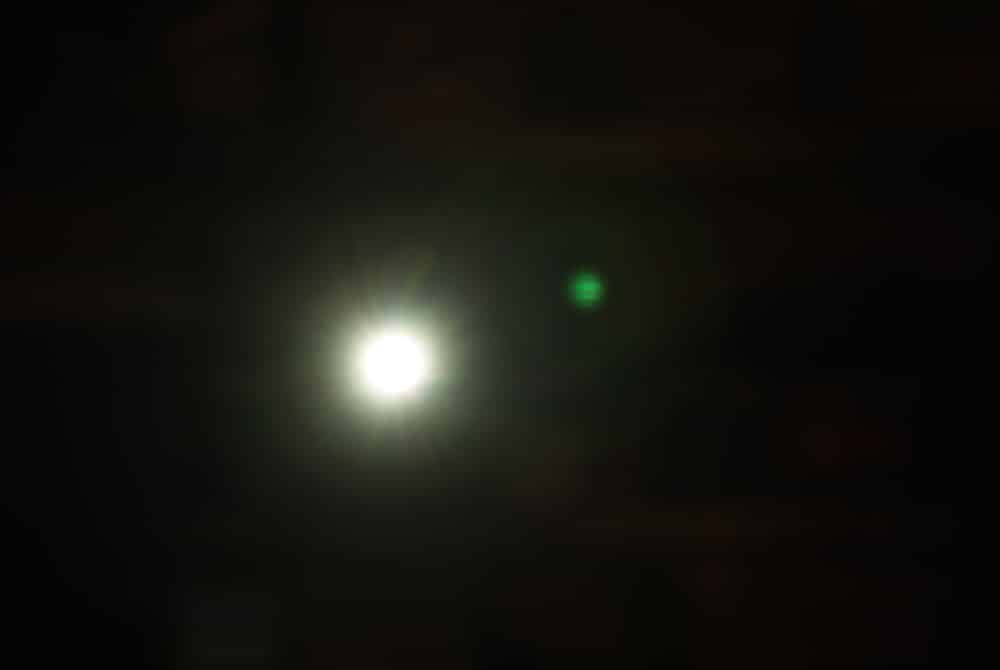
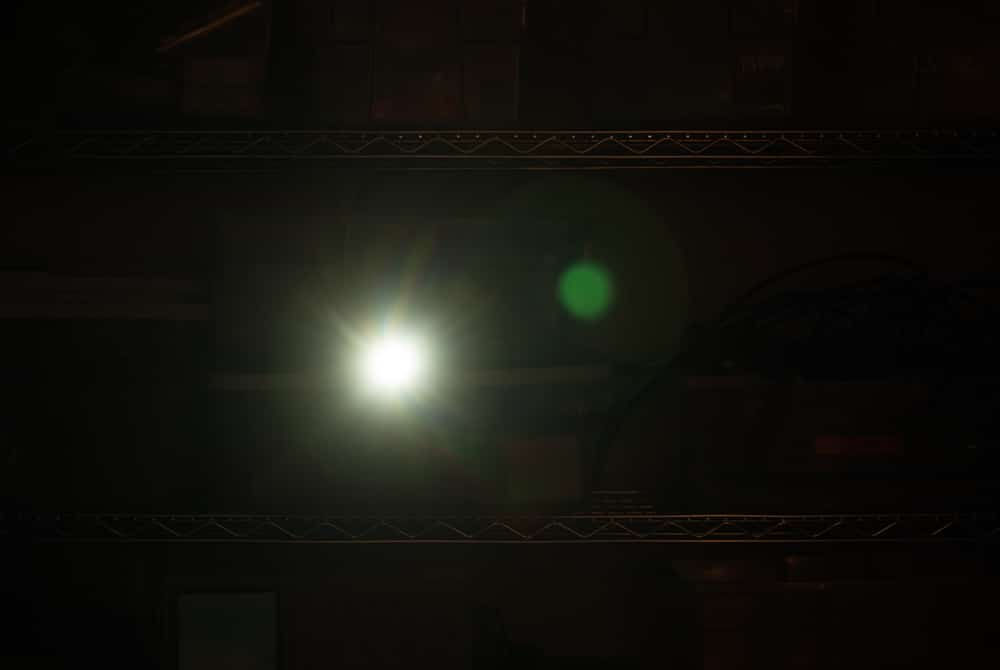
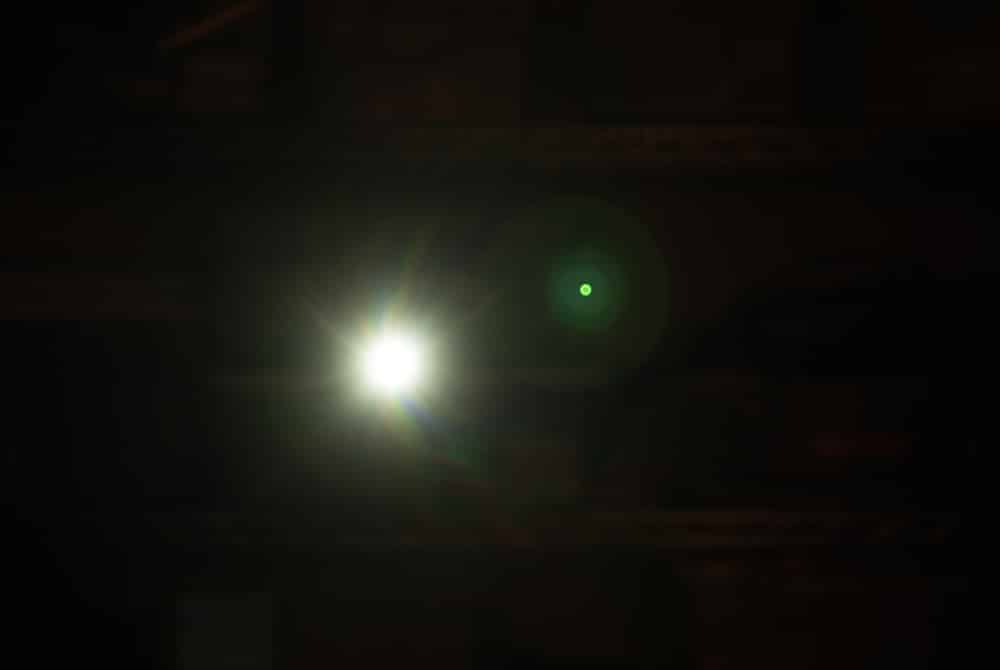
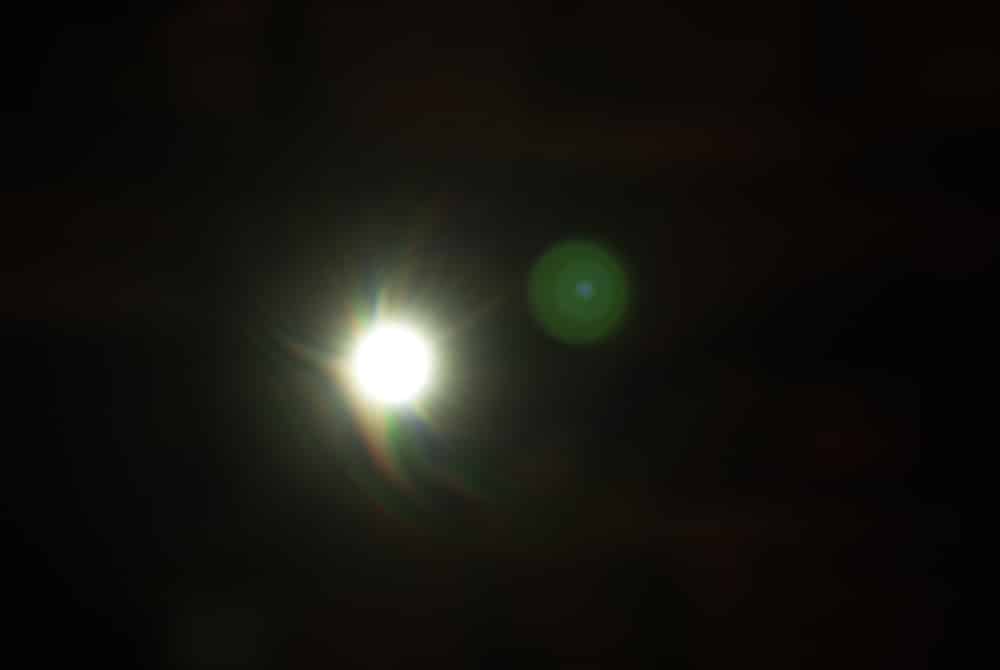
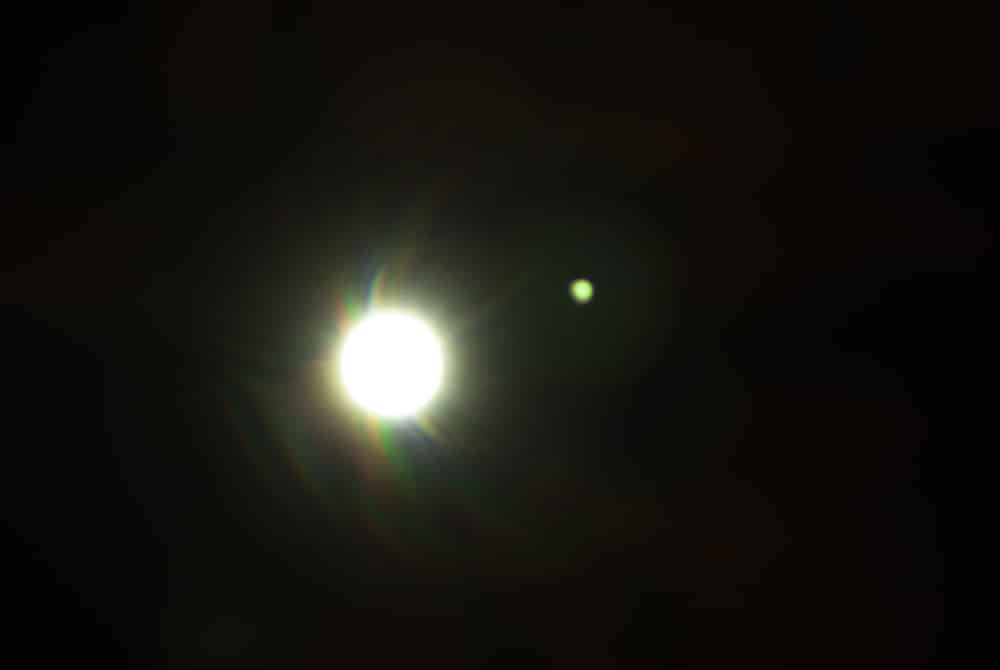
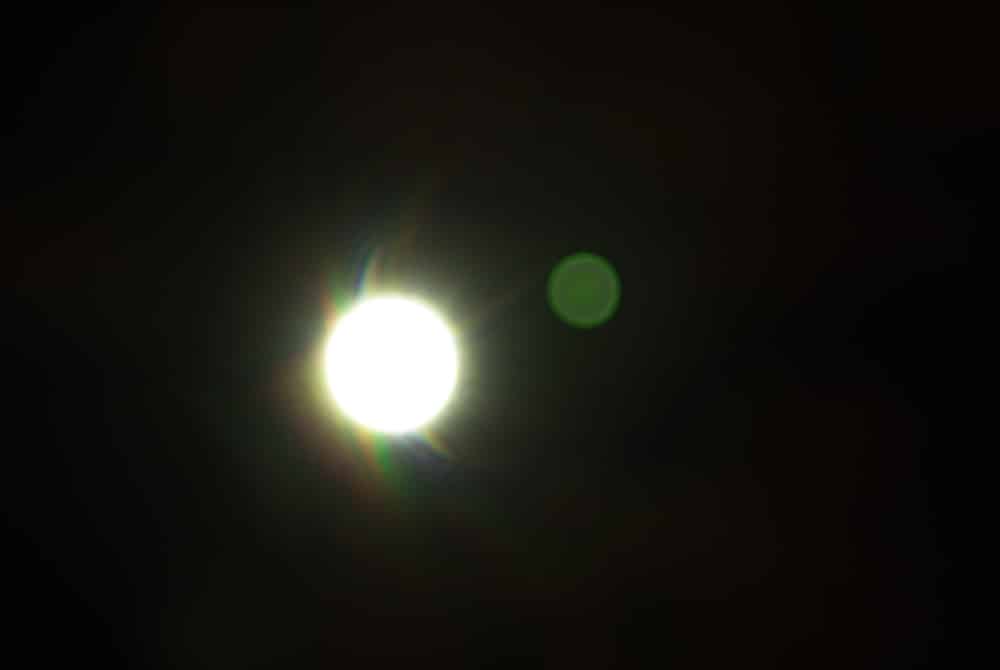
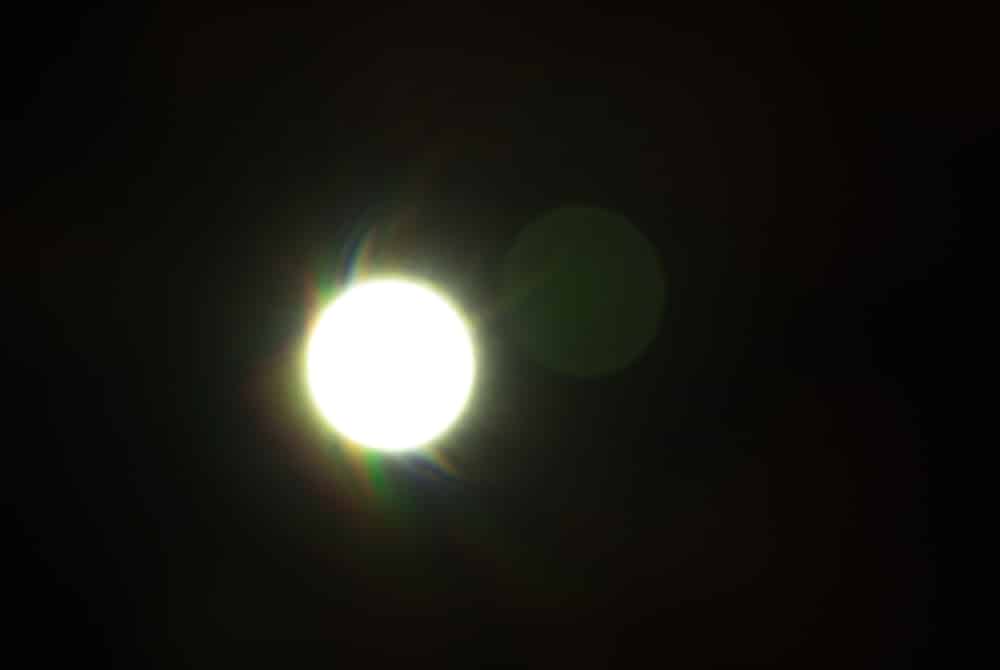
You’ll notice that the size of the spot starts out smallish at infinity, gets bigger at 5 m, then smaller at 3.5 meters (the actual distance to the flashlight), then bigger again, then smaller, and finally bigger.
I’m sure there is some good reason for this behavior, but whatever it is is going to be way too complicated for a photographer in the field with light sources in the picture to figure out in a useful way. Best to take that filter off when you’re in that situation, or face the possibility of a lot of time spent in postproduction cleaning up the mess. And just because you don’t see anything when you’re chimping doesn’t mean that you’ll be safe in the face of small changes in where you’re standing or where the lens is focusing.
Hello Jim Kasson,
i did some testing on my own with flare.
I distinguish roughly two types point flare – that you demonstrate – and an image half light half dark.
In the latter example i discovered that flare becomes worse if the aperture is more closed.
( ps i use all of the time UV filters – only to put them of in save flare problem environments.)
That green reflection looks like it could have originated at the face of the sensor. I’m suspecting that because of the rectangular structure inside the ghost image in the first image. On the reversed path (let’s call it path #2) off the sensor, the image experiences focusing yet again. When the lens was set to match the subject’s distance you’ve reconstructed a reverse-moving copy of the original wavefront. Then it hits the flat face of the filter and comes back to the sensor (path #3) and of course it experiences focusing for a third time. It’s not a random accident that the ghost image is in good focus.
That’s one heck of a mess for anyone to try to ray trace. The solution of removing the filter is a tremendous simplifier! The other bad actor is the sensor itself but it will have to remain in place. In some high end astronomical refractor telescopes oil spacing is used between the elements in order to kill reflections and improve contrast. I wonder if we might ever see that used for sensor stack assemblies?